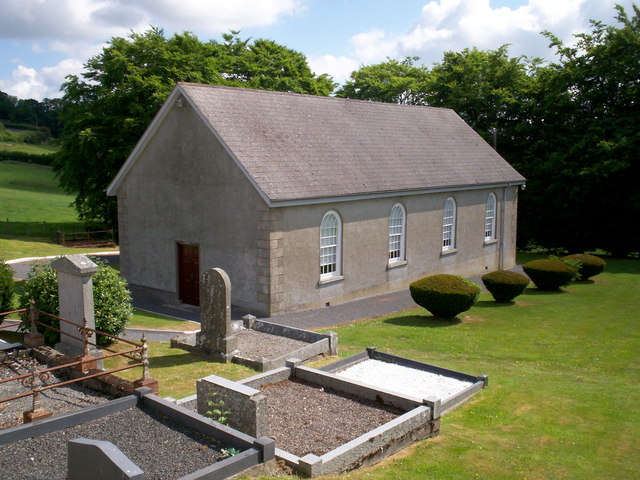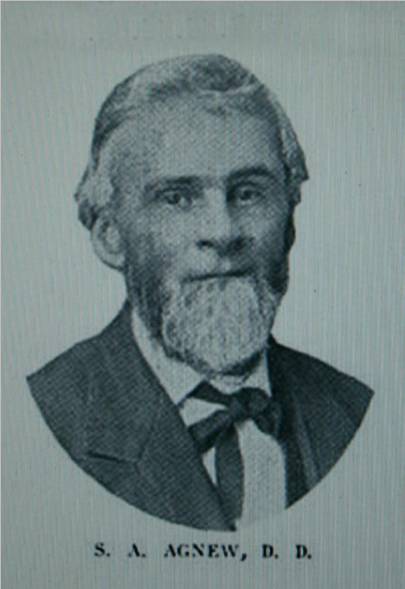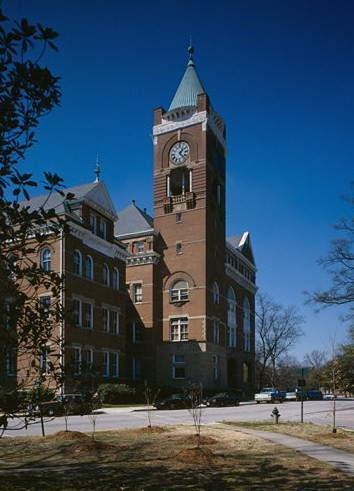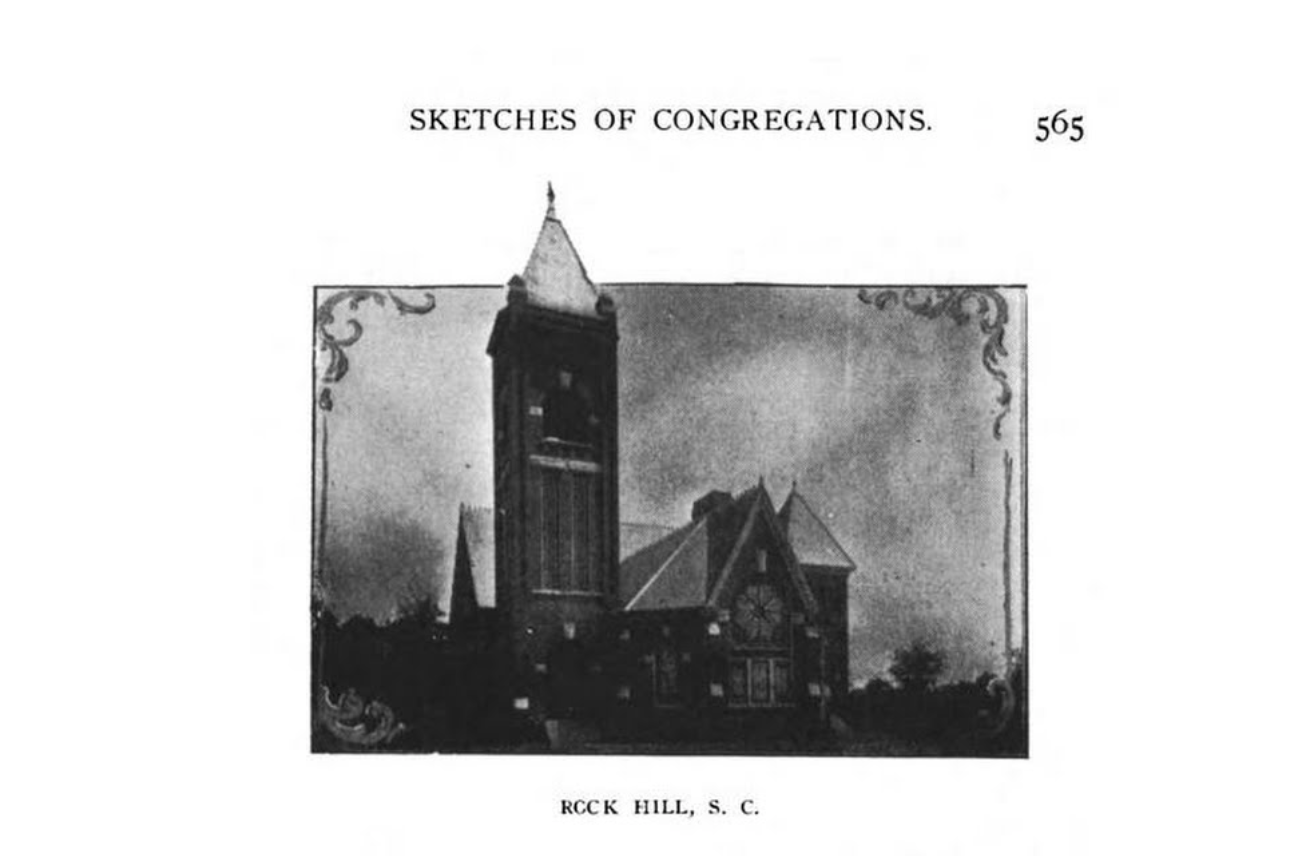You are my husband, but never more shall you be minister of mine!

A minister's daughter sides with her father over her husband. Read More
Welcome to Ulster Worldly, a blog about the history of Presbyterianism. Many of these stories come from my own family, many others come from my own denomination.
Tim Hopper
Raleigh, NC

A minister's daughter sides with her father over her husband. Read More
At the recent Reformed Forum conference, Rev. Danny Olinger (OPC General Secretary for the Committee on Christian Education) gave an excellent lecture “on the connection Geerhardus Vos and J. Gresham Machen”. The talk is worth your time.
Rev. Olinger has written a book on Vos that the Reformed Forum is publishing. You can order your copy today.

An ARP minister goes a courtin'. Read More
Bradley Longfield on William Jennings Bryan’s view of the mission of the church:
Bryan did not limit his efforts for moral reform to the Chautauqua circuit alone. In marked contrast to his fellow Presbyterian, J. Gresham Machen, Bryan campaigned tirelessly within the church for social, political, and economic reform. “What is a church for,” he asked in 1909, “if it is not to stand for morality in all things and everywhere?” A prophet of personal and national piety, Bryan manifested unswerving loyalty to the nineteenth-century evangelical heritage that married revivalistic fervor and dedication to social reform. The church could not neglect its calling to christianize America.
Bryan was, in fact, a theologically conservative Social Gospeler. The social agenda that Bryan set before the church included “taxation, trust regulation, labor, the monetary system, peace and disarmament, temperance, anti-imperialism, woman’s suffrage.” “These questions are before us,” Bryan insisted. “They cannot be avoided; they must be settled, and church members must take their part in the settlement; ministers also must have a voice in this work.” Bryan served on the temperance committee of the Federal Council of Churches and the general committee of the Interchurch World Movement. In 1919 he praised the Federal Council of Churches–no group of conservatives–as “the greatest religious organization in our nation,” noting, “It gives expression to the conscience of more than seventeen million members of the various Protestant churches; its possibilities for good are limitless; its responsibilities are commensurate with its opportunities.” Though committed to traditional Christianity, Bryan willingly cooperated with those who differed from him theologically in order to further his crusade to build a Christian nation.
Bryan’s Christian faith and trust in the people buoyed his reforming zeal with an inexhaustible optimism. He believed he was born into “the greatest of all the races” in the “greatest of all lands” during the “greatest of all ages.” In 1911 he itemized the progress that marked his era’s superlative character: “Intelligence and intellectual capacity were increasing; educational standards were rising; moral standards were improving; people were studying ethics as never before; the spirit of brotherhood was abroad in the land; there was more altruism than ever before; the tide was running in favor of democracy; the peace movement was spreading; reason was asserting itself; and moral forces were taking control.” To Bryan only one conclusion was possible: ‘The morning light is breaking. Day is at hand.”
The advent of the World War beclouded Bryan’s sunny forecast. The horror of Christians slaughtering one another with the blessing of their Christian nations damaged but did not destroy the Commoner’s faith. Christian civilization hid gone mad; Bryan set out to determine cause of its disease.
In “The Prince of Peace” Bryan had warned against the consequences of Darwinism but moderately allowed, “While I do not except the Darwinian theory I shall not quarrel with you about it; I only referred to it to remind you that it does not solve the mystery of life or explain human progress.” The war impelled Brian to reevaluate Darwiniansim as a possible cause of the hostilities.
The Presbyterian Controversy, pages 66 and 67.
The issue of a cultural bridge remains a critical feature for the OPC's identity. The absence of just such a bridge has proved to be the unexamined dimension to the ecumenical breakdown experienced by the OPC in its quest for union with other American Presbyterian bodies.
The 1975 attempt at union with the former Reformed Presbyterian Church, Evangelical Synod collapsed because the RPCES, a child of fundamentalism and the dissenting Reformed Presbyterian tradition, maintained a cultural vision that could not accept OP disenfranchisement. From the RPCES's point of view, OP disenfranchisement translated into the familiar criticisms that OPs were doctrinal nit-pickers and evangelistically dormant.
Along similar lines, the OP attempts at union with the Presbyterian Church in America collapsed in the 1980s. Behind the scenes, lay the PCA's cultural aspirations. These aspirations are very much at the center of the PCA's identity and rise out of an evangelical social vision of which a large, influential if not dominant national church is an indispensable part. Historically, the OPC has not shared this vision.
Photograph Copyright Kenneth Allen and licensed for reuse under this Creative Commons Licence
Dr. Mark Matthews of Seattle often expressed the wish that the modernist conspiracy could be identified as a single body so that it might be destroyed by a single blow. He was quick to point out that the tactics of the liberals were not even honest. Instead of accepting the fundamental doctrines of the church, the liberals sought to destroy those doctrines, and to replace them with liberal concepts. But the manner in which they sought to bring about change was dishonest, perhaps even diabolical. The liberals did not openly declare to the church, "Your confession is very bad, it is hopelessly outdated and unscientific. If you do not change that confession, then we cannot conscientiously be a part of such a church." Rather, the liberals assumed positions as ministers and leaders in the church and then sought to undermine the church from within. The liberals were so successful in this fifth-column activity that in a short time those who believed wholeheartedly in the Scriptures and the church's subordinate standards were either silenced or removed from the church.
How did the liberals accomplish their purpose? By appealing to the need for "tolerance" and by accusing those who opposed them of being "narrow-minded." By this strategy many of the conservatives were put on the defensive. They suddenly became timid when they were accused of intolerance or narrow-mindedness. All their resistance and discernment and even moral standards suddenly melted away. Their response to such accusations was often something like this: "Well, we don't agree with the liberals, but after all we are all Christians and we must be tolerant. Intolerance is a terrible sin. Let us never be guilty of it." In this manner those evils that would destroy the soul, the church and the nation were welcomed into the seminaries, pulpits and courts of the church. Never did the forces of error have an easier or more sweeping victory.
Photograph by Another Believer/Seattle, distributed under CC BY-SA 3.0
My church just replaced our copies of the Book of Psalms for Singing with the new Trinity Psalter Hymnal published by the OPC and URCNA. I was asked to present an introduction to this new song book in our Sunday school class. It turned into a brief history of hymnody and psalmody in American Presbyterians along with looking at some distinctives of this wonder new hymnal.
You can listen on SermonAudio.
Some resources I used in preparation:
I just discovered the PCA Historical Society’s has a thorough Bibliography for Reading in Presbyterian Church History and would commend it you you.

The Barrons of Rock Hill circa 1935. Read More

Sketches of the Associate Reformed Presbyterian congregations of York County, SC (as of 1903). Read More